Let locally adapted self-seeders run wild, and watch your garden come alive.
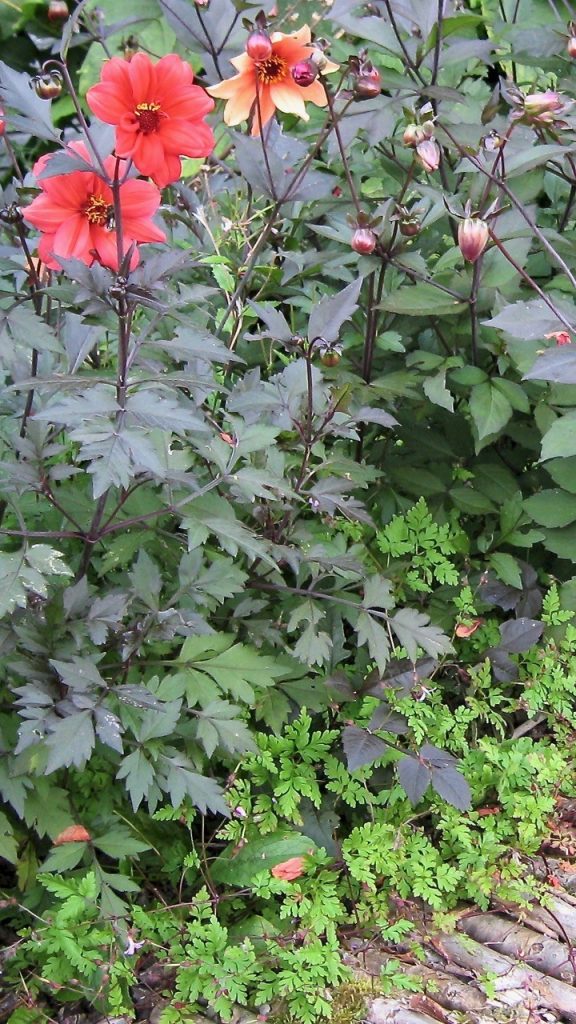
It’s been a wild summer in my garden – in every sense. Diminished gardening time has meant that many plants and projects have run away from me, unleashed and untamed, egged on by peaks of heat and unseasonal lashings of rain. Stuff has grown and grown and grown, fast and lush. While sun and rain have pushed plants on, frequent bouts of wild, gusty – and at times gale force – winds have toppled towering foxgloves, and torn leaf-laden boughs from the surrounding oaks. Pulling unwanted weeds, curbing wild invaders and curtailing chancing-it self-seeders have been playing second fiddle to tapping a computer keyboard. Ah, the healthy outdoor life of the gardening writer…
But on self-enforced you will go outside and commune with the red admirals sorties around my sun-soaked patch, the lack of regular TLC has revealed something that only letting go can show: just how wild it actually is out there – and how quickly nature can outpace, let alone outwit, a time-strapped garden-maker. I gasped at the gazillions of foxglove seeds coming up – a thick green carpet – only breathing easier when I remembered that if I wait until next spring, I can yank up any in-the-way rosettes, and that they’re fine composting fodder. But chances are I’ll end up leaving them (the bumblebees would never forgive me), and then wait… and wait… and wait… until every last mauve glove has dusted its last bee’s bum with pollen. By then, each browning spire will have shed gazillions more tiny brown seeds.
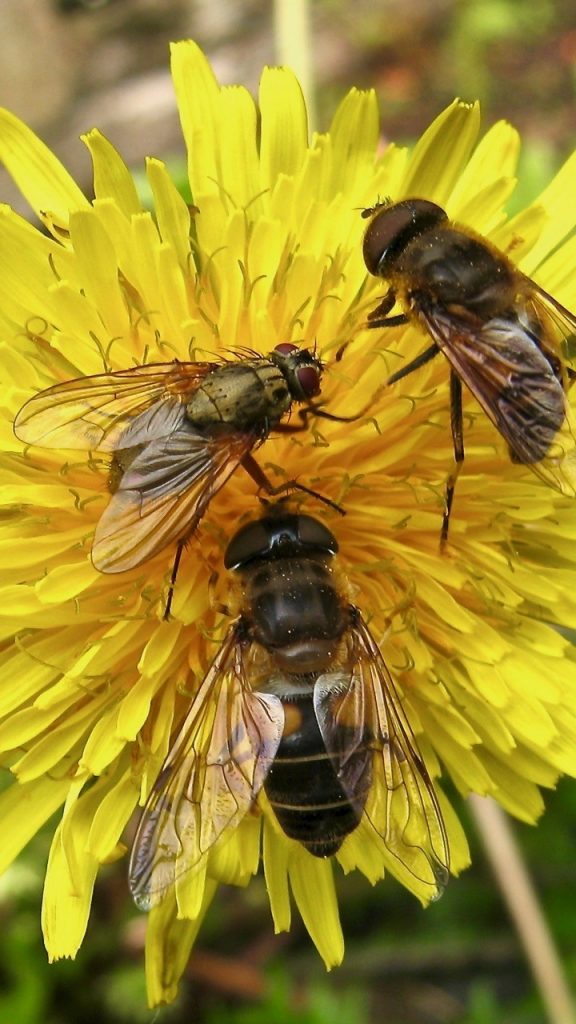
Herb Robert (Geranium robertianum) is another bees-won’t-forgive-me-if-I-pull-it-up wilding that I always ‘deal with’ too late. For such a dainty plant, it’s besieged by insects, so I’m always hanging on until its last pink blooms are kaput before I pull it out – long after its explosive pods have already fired ripe seeds all across the garden… Sucker that I am, this summer I’ve been lulled by the sheer beauty of thickets of self-sown herb Roberts, which are now perfect companions to my dark-leaved ‘Bishop’s Children’ dahlias. The bees rejoiced. Me, too.
It won’t just be bees cheering at what I found next: a forest of young dandelions. I grimaced, but then imagined how, come next spring, they’ll be the first fuel-rich flowers here to bow under the weight of not just fat queen bumblebees, but winter-weary butterflies, honey bees, hoverflies and other early-on-the-wing flies of every hue. Phew. And, if I can steel myself to pull them up, more home-grown compost-making manna. Or I guess I could always pot up any border evictees, to bring some dandelion magic into my greenhouse.
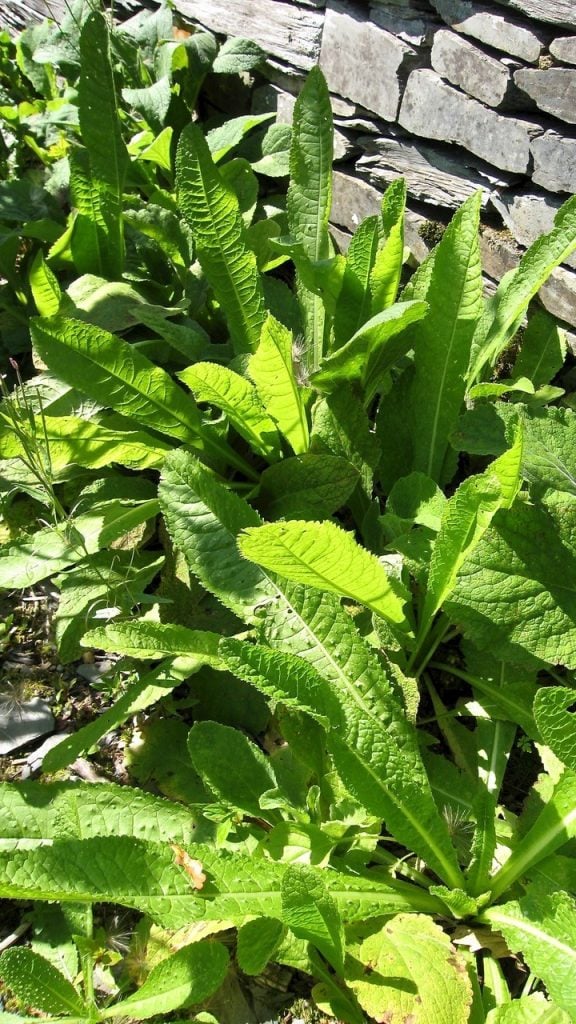
If Taraxacum officinale is the insects’ spring saviour here, then Dipsacus fullonum – teasel – is on track to keep them nectar-fuelled throughout next summer, before its seeds help to fatten goldfinches next autumn and winter. There are spiny, self-sown teasel rosettes everywhere right now, elbowing out any competition, and I will have to summon up some reluctant ruthlessness to uproot them – or face being impaled amid a wild, vicious forest of skin-tearing triffids next summer (I jest not). Teasels are biennial, so the plants sending their tap roots down now will flower next year; the smaller ones are easy enough to pull up, but the bigger rosettes are anchored firm. A few can stay where they are, but for the others, tough love and tough gloves are required. Wish me luck.
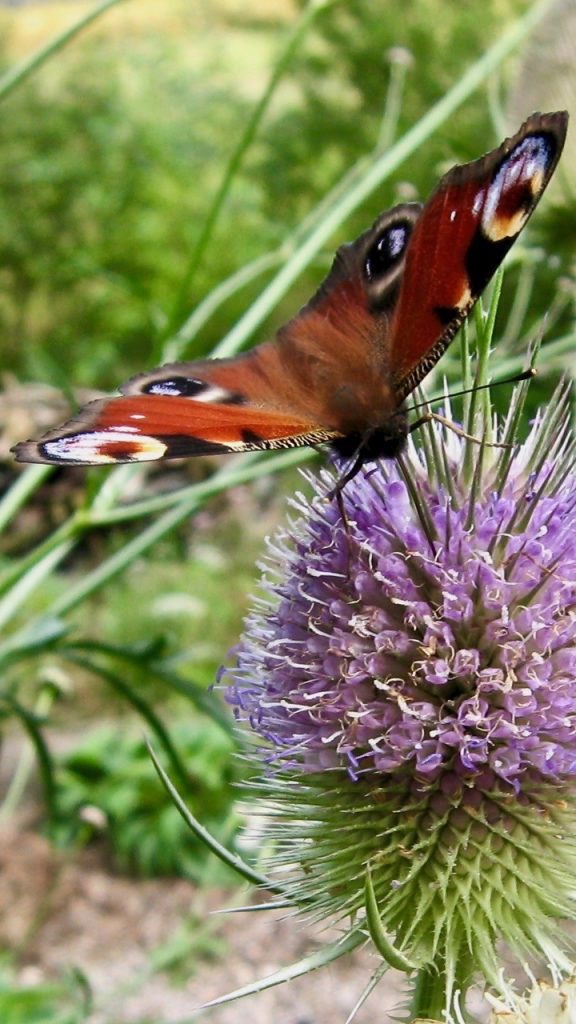
I’ll need to keep an unmerciful head on to finally bring the encroaching brambles to heel. The moment I saw the fattening flower buds I should have run for the loppers, but I got dragged back to key-tapping. When I checked again, it was bramble-blossom time, and the vicious stems were abuzz with clouds of darting hoverflies, bumble and honey bees, and butterflies. Mercifulness won the toss. Even now I’m wavering, seduced daily by each freshly ripened blackberry into staying their execution… just another week? Their end will come, and I’ll have the last laugh, feeding their long, thorny briars into my shredder (their chopped remains get piled in a heap to rot down over two to three years).
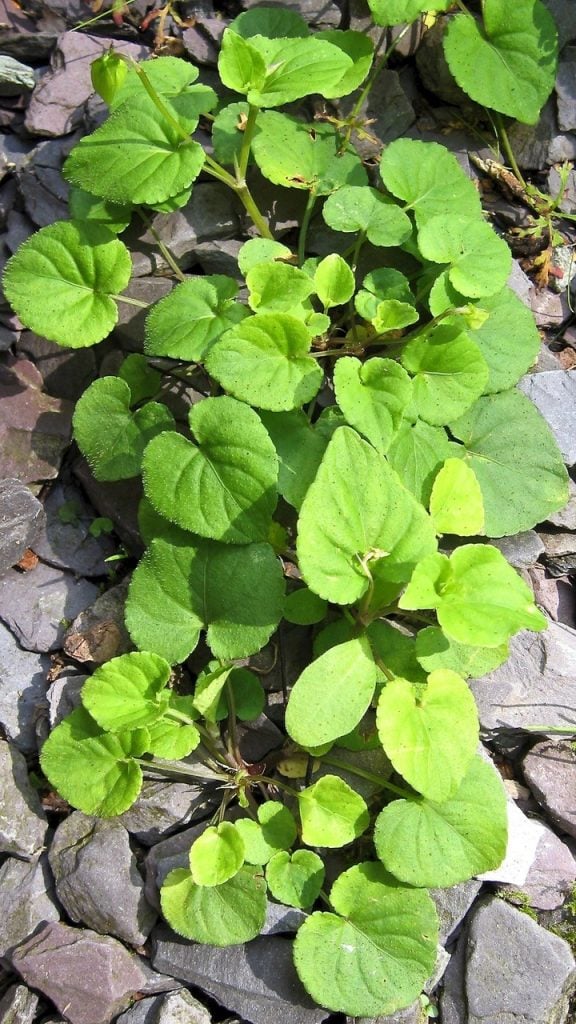
Once the bramble flowers have faded, insect life here alights on another of my garden’s native stalwarts: wild angelica (Angelica sylvestris). All of airborne life is drawn to their pungent umbels on fine summer days, blowflies vying with hoverflies, beetles, and wasps big and small, all doing good things in the garden and greenhouse. Hoverfly larvae devour aphids. Our big, common wasps eat problem caterpillars; smaller, unfamiliar parasitoid wasps lay their eggs inside aphids (and caterpillars), and their grubs eat them alive. Angelica sheds masses of seeds, but relatively few come up, so I can be selective in which plants stay or go.
‘Being selective’ sounds easy, but there’s one plant I simply can’t bring myself to pull up. It reaches barely six inches tall, has humble but exquisite purple flowers, and grows here in a beautiful, feral way, bringing a sense of continuity and connection laden with memories. Its seeds were scattered soon after I arrived here 16 years ago, and it’s taken its time to settle in. But now it’s off, running wild and free. It’s a viola that still grows in the cracks and paths in my aunty’s garden – the garden where I took my first tottering steps into growing things, when clay pots were all we had.
Sensible, ruthless, merciless: none of these cut it when it comes to my violas – and they never will. I’m happy for the violas and – if I’m honest – the foxgloves, the herb Roberts and the dandelions, to outpace and outwit me, and to follow their tameless ways. These wild, rebellious streaks help to make my garden grow.
Text and images © John Walker
Find John on Twitter @earthFgardener










